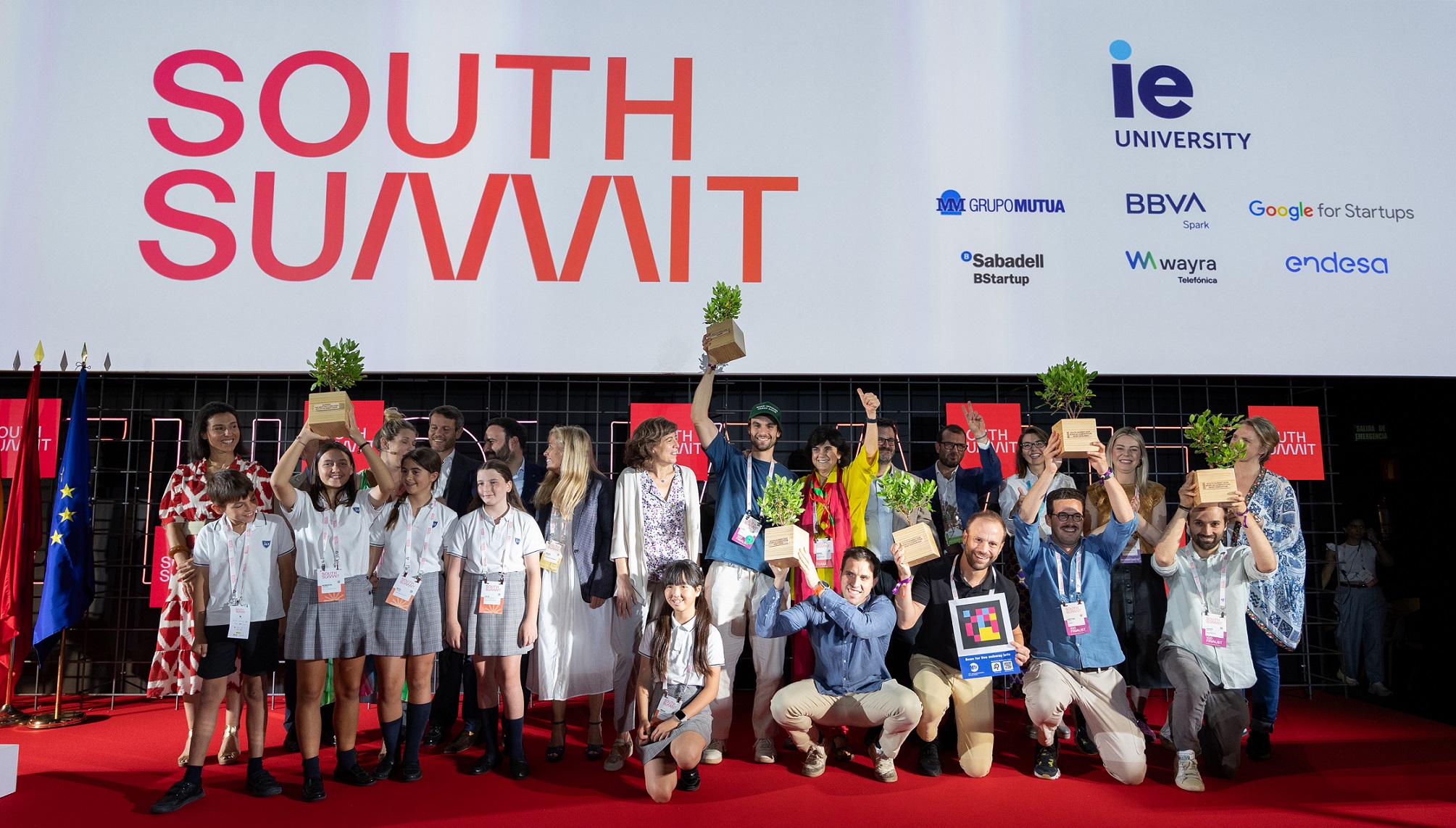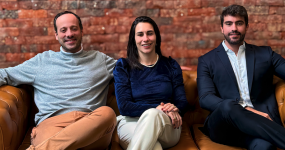The US Alternative Assets Industry Wins a Battle Against the SEC
| By Amaya Uriarte | 0 Comentarios

On the path to increased investment in private assets, several American associations have just won a significant battle against the powerful regulator thanks to a court ruling that deems the SEC incompetent to introduce its Private Fund Adviser Rule (PFAR).
The successful legal challenge was brought by a group of industry bodies: the National Association of Private Fund Managers; the Alternative Investment Management Association; the American Investment Council (AIC); the Loan Syndications and Trading Association; the Managed Funds Association; and the National Venture Capital Association.
The PFAR, introduced in August 2023, aimed to promote transparency, competition, and efficiency “on behalf of all investors, big or small, institutional or retail, sophisticated or not.”
But the Fifth Circuit Court of Appeals concluded that the SEC lacked the legal authority to introduce these rules, which required, among other things, that SEC-registered managers provide investors with certain disclosures, quarterly statements on compensation, fees, expenses, and performance of fund advisers, and annual audits of each fund’s financial statements, as well as opinions or valuations on secondary transactions.
Additionally, the regulation prohibited preferential treatment or information to any investor regarding redemptions.
According to a report by Preqin, this judicial outcome will not only have consequences in the United States but will also impact the global alternative assets industry.
Reactions to a Decision That Could Be a Double-Edged Sword
The AIC called the PFAR “illegal, unjustified, and ultimately harmful to investors.” Drew Maloney, the association’s president and CEO, described the court ruling as “a victory for thousands of businesses across the United States that need capital to grow and millions of workers who rely on private equity and credit to strengthen their retirements.”
The Wall Street Journal celebrated the defeat of SEC Chairman Gary Gensler.
On the other hand, the President and CEO of the Investment Company Institute (ICI), Eric J. Pan, stated that “the Fifth Circuit’s decision overturning the SEC’s private fund adviser rule is a clear acknowledgment by the court of the serious issues that ICI has raised about regulation by hypothesis. We echo the court’s concerns that the SEC acted outside its mandate. As we await action on dozens of similarly overreaching SEC proposals, we hope the SEC will take the time to study this decision and pay more attention to the serious concerns expressed by the public and market participants on issues such as liquidity risk management, safeguarding, and outsourcing.”
However, Jennifer Choi, Executive Director of the Institutional Limited Partners Association, warned that without mandatory minimum standards for critical information on performance, fees, and expenses, LPs will have to negotiate terms “that should be common sense.” She was disappointed that the court did not recognize the SEC’s long-standing authority to protect private market investors.
Heather Heys, Vice President, and Michael Gallagher, Senior Associate, of Preqin’s Legal Insights team, suggest that LPs will now rely more than ever on their own legal and financial advice and understanding of standard market fees and terms in limited partnership agreements. And this, for many investors, could mean a steep learning curve.










